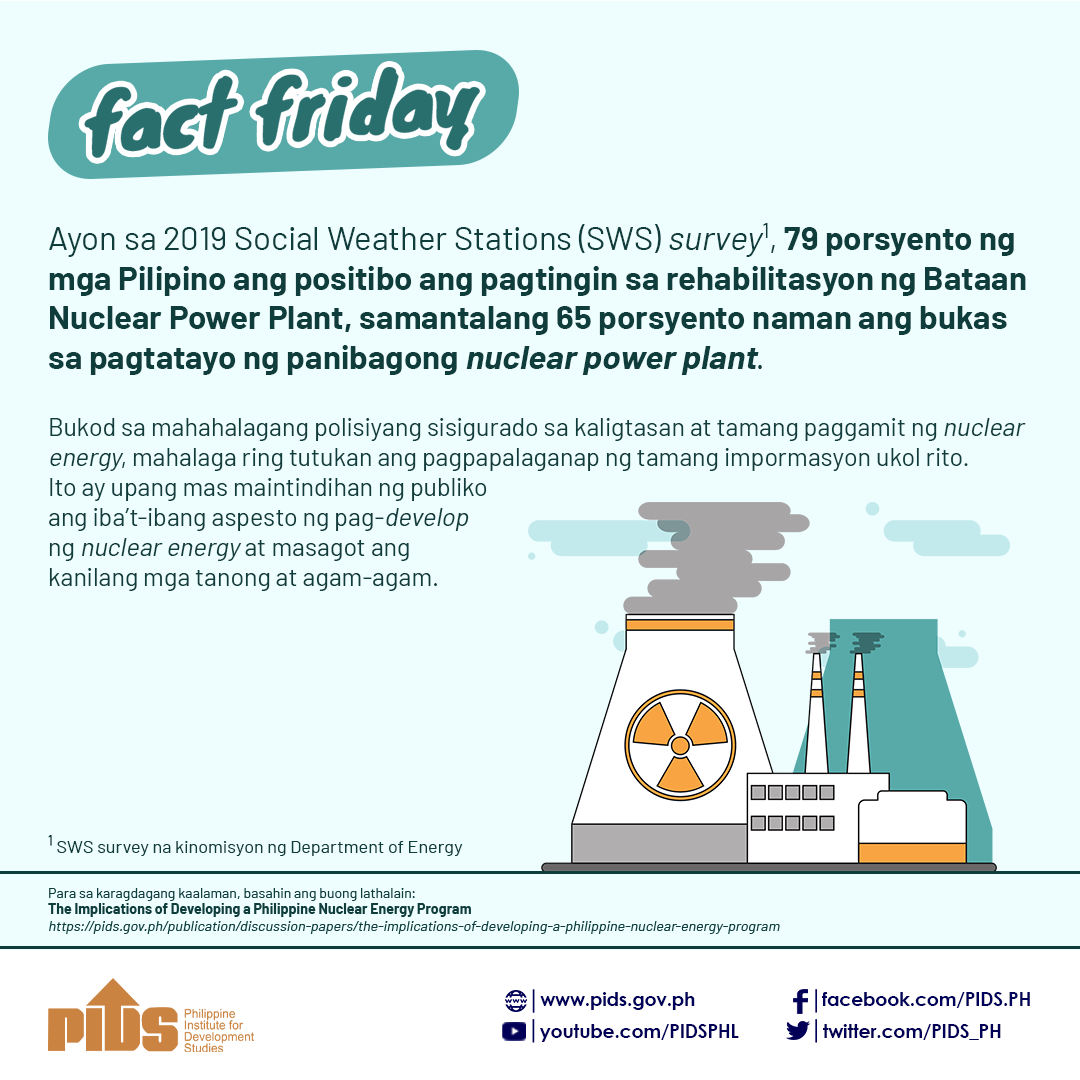THE Department of Agriculture (DA) said it has determined the criteria for farmers eligible to receive biofertilizer grants, adding that the volume to be distributed is equivalent to at least two bags of inorganic urea fertilizer.
In a memorandum order dated April 27, the program covers the 2023-2024 rice crop. It is designed to complement the use of inorganic fertilizer, the supply of which has tightened after the Russian invasion of Ukraine. Russia is the world’s leading fertilizer producer but has been hampered from exporting by sanctions.
“The quantity of biofertilizer to be distributed or received by the farmer-beneficiary will be based on the area to be planted that was provided with seed under the seed assistance program,” the DA said.
The Palace has said President Ferdinand R. Marcos, Jr., who is also the secretary of Agriculture, wants to increase biofertilizers to reduce dependence on imported fertilizer.
“High prices of inputs, especially fertilizer pose a great threat to our rice production. To conquer this threat, the use of alternative inputs such as biofertilizer can be done to mitigate the impacts,” according to a DA memo.
According to the DA, biofertilizer will be distributed to registered members of the Irrigators’ Association, farm cooperatives and associations, and agrarian reform beneficiaries.
The DA said that it will prioritize distribution to farmers cultivating hybrid seed and certified seed under the National Rice Program or the Rice Competitive Enhancement Fund, and other government seed assistance programs.
Meanwhile, farmers who are not registered may receive biofertilizers through their respective local governments.
Biofertilizer will be procured via public bidding from a pool of suppliers registered with the Fertilizer and Pesticide Authority or the Bureau of Agriculture and Fisheries Standards.
Specific types of biofertilizer will be selected by regional DA offices, which will weigh their local suitability based on likely effectiveness, price, savings to be generated from reduced use of inorganic fertilizer, local production, and access to technical support.
Roehl M. Briones, a senior research fellow from the Philippine Institute for Development Studies, has told BusinessWorld that using biofertilizer helps long-term sustainability of agricultural production while addressing climate change.
He said biofertilizer can sequester more carbon which can mitigate the impact of greenhouse gases.
Lauro Diego, member of Duale Masipag Organic Farmers Association said via phone that “If the soil is healthy, you can plant anything and this can also provide resistance to pests and diseases,” he added.
“We organic farmers, do not have huge production costs because we manage to maintain soil fertility (using organic inputs),” he said.
Mr. Diego estimated organic farmers’ yields at said that they were able to harvest 80-100 cavans per hectare, sufficient to generate a liveable income for farmers.
A cavan is a traditional measure of volume and mass, which varies depending on location and period. The current standard for a sack of rice is 50 kilograms.
“What good is the high yield if farm inputs cost a lot and farmers aren’t able to earn,” he said.











